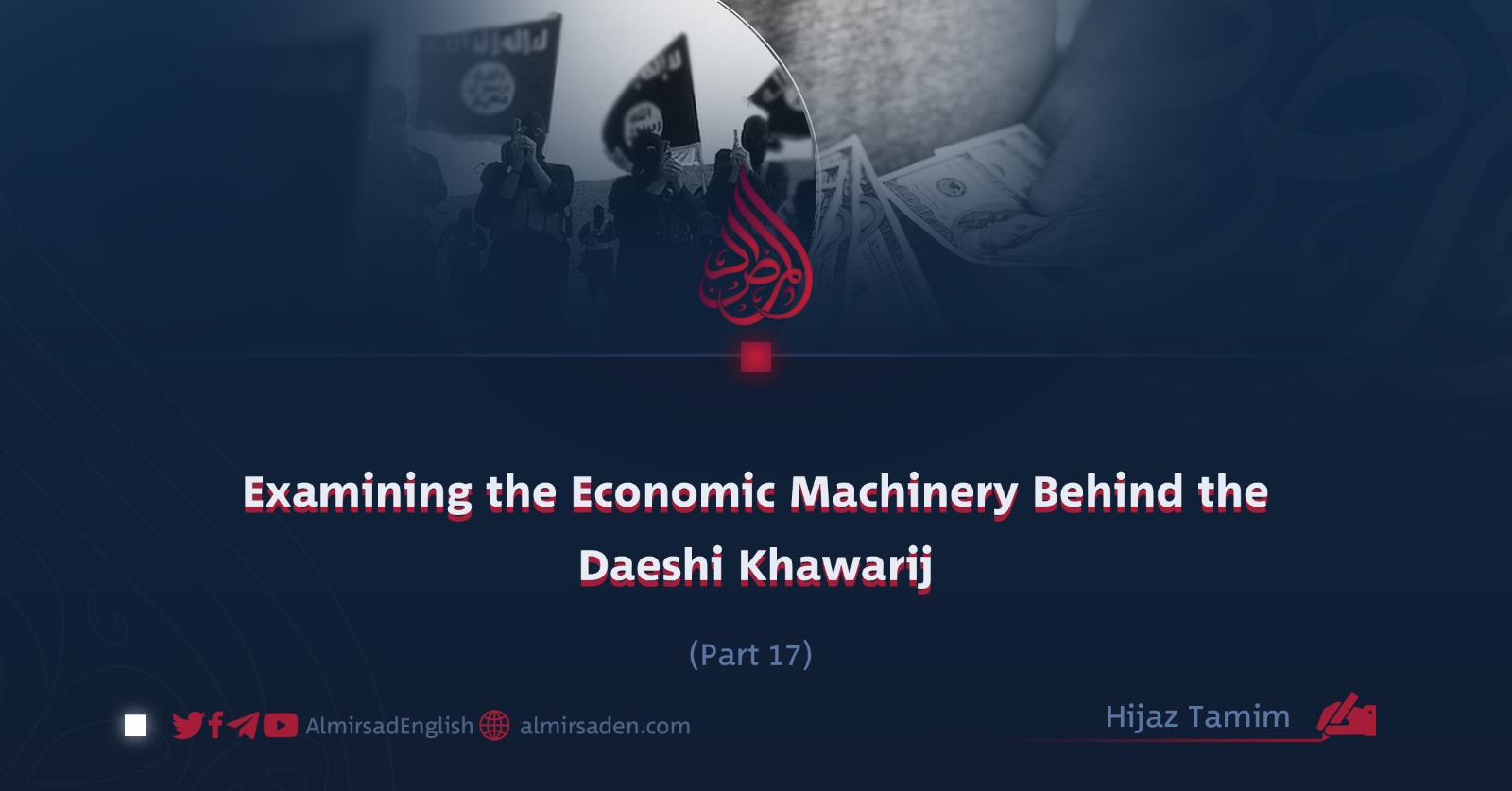Part 17
Hijaz Tamim
Ransom Demands and the Kidnapping of European Nationals
Kidnapping has long ranked among the most lucrative and widely used sources of revenue for militant groups, and ISIS has been especially adept at exploiting it. Abductions have given the organization not only a steady flow of money but also a means of deepening global insecurity.
The meaning of ransom
A ransom is a monetary or non-monetary payment made to secure the release of hostages. For ISIS, such payments became a direct financial lifeline, underwriting the purchase of weapons, vehicles, and military equipment while sustaining the group’s broader campaigns.
International bodies and state authorities view ransom payments with unease. They can, of course, save lives, but they also provide terrorists with funding and incentives to carry out further abductions. Over the past decade, ISIS’s financial strategies, heavily reliant on kidnapping, have evolved into one of the most complex challenges facing international security.
Having established a temporary political and military presence across parts of the Middle East, ISIS pursued multiple avenues of financing. Among the most effective was the abduction of European citizens and the demand for large ransoms in return for their release. This practice brought the group millions of dollars, while simultaneously prolonging its ability to operate on both regional and global stages.
Research and intelligence assessments suggest that despite consistent efforts by governments, international organizations, and security services to disrupt terrorist financing, ISIS has preserved and even expanded its resources through ransom payments. Kidnapping remains a cornerstone of its economic machinery, enabling the group to acquire arms, reinforce propaganda, and mount sustained military campaigns.
The targeting of European nationals was not random but part of a calculated strategy. By demanding exceptionally high ransoms, often running into the millions, ISIS ensured a deep financial reserve while also commanding worldwide attention. These funds proved essential not only for the continuity of its operations but also for the preservation of its influence and reach.
For European governments, the issue presented a painful dilemma. Some opted to pay, prioritizing the lives of their citizens despite the long-term consequences. Others, such as the United Kingdom and the United States, refused on principle, a stance that in several tragic cases resulted in the execution of hostages. Both approaches carry grave moral, political, and legal implications.
Meanwhile, the international community, including the United Nations, the European Union, and NATO, has tried to close ISIS’s financial channels through intelligence-sharing, surveillance of monetary flows, and the freezing of suspicious transactions. Yet the group’s networks often operate in secrecy and outside formal systems, making them difficult to dismantle.
Globally, the question of ransom remains unresolved. Some governments argue that paying ransoms dangerously strengthens terrorist organizations, while others see it as the only practical way to protect their citizens. This divergence has made a unified international policy elusive, even as the urgency for coordination grows.
What is clear is that ISIS has reaped substantial profits from hostage-taking, channeling the money into armed operations, propaganda campaigns, and the expansion of its networks. These revenues are central to its survival, and as such, the practice poses one of the most immediate challenges to international security agencies.
Breaking these financial lifelines is not a task that any one nation can achieve alone. It requires sustained global cooperation, intelligence exchange, and public awareness. Just as important, the international community must take a consistent and collective stance on ransom payments if it hopes to stem the flow of money that continues to fuel ISIS and to mitigate the threat it poses to global security.
This study has sought to explore how ransom functions within ISIS’s financial strategy, the scale of revenues it generates, the short-term and long-term consequences of paying, and the difficulties inherent in confronting this practice. It also examines practical cases of kidnappings involving European citizens, highlighting the urgent need for coherent and coordinated responses.



















































